Brinjal, also called eggplants and aubergines, are a type of plant in the nightshade family. They are used in many dishes all over the world.
Even though they are often thought of as vegetables, they are technically fruits because they come from a plant that blooms and has seeds inside.
There are many different kinds that come in different sizes and colours. Most brinjals have dark purple skin, but they can also be red, green, or even black. Known Source.
Brinjal, known as Baigan in Hindi, has a unique texture and a mild flavour, and it is also good for your health in a number of ways.
Table of Contents
What is brinjal?
Brinjal's scientific name is Solanum melongena L. It is a member of the Solanaceae family. It grows every year in subtropical and tropical areas, where it is grown for its berry-like fruit. China, Bangladesh, the Philippines, India, and Pakistan all grow a lot of this crop.
This bushy plant has a lot of flavonoids, alkaloids, and other bioactive compounds like arginine, aspartic acid, etc. It is called different things in different languages, like Begun in Bengali, Baigan in Hindi, Vartaku in Sanskrit, Vangi in Marathi, and Brinjal in English (in English). There are at least 15–20 different kinds of brinjals, which means they come in many different colours, shapes, and sizes and come from many different countries. Brinjal is known as the "Father of Modern Medicine" because it is used in many Ayurvedic medicines.
Nutritional value of brinjal:
The superfood has a lot of important nutrients. One cup, or about 82 grammes, of eggplant/brinjal has 11% fibre, 10% manganese, 5.3% potassium, 63.5% Vitamin B, 4.5% folate, 3.5% copper, 3% Vitamin C, 3.5% Vitamin K, and 2.8% magnesium.
Use of brinjal:
- Brinjals are used in both to treat illnesses, make decorations, make food, perform religious rituals, and even heat homes.
- As food, it can be steamed, boiled, baked, stewed, grilled, pickled, roasted, mashed, dried, fried, and even microwaved.
- Ayurvedic doctors can make medicines out of brinjal's roots, stalk, skin, and leaves, and the dried brinjal shoots are used as fuel.
- It could also be used on cuts and wounds.
Physical structure of brinjal:
You may only know the glossy, purple, teardrop-shaped aubergine, but this vegetable comes in many other colours and shapes. If you look a little closer at your local farmers market, you might find oval, long and skinny, and melon-shaped brinjals with white, pink, orange, green, and even striped skin.
When you snip one open, you'll find white meat with a slight touch of green or yellow and small groupings of beige seeds. If the inside of the aubergine is brown, it might be bad.
Types of brinjal:
Dusky or classic- The well-known shape of an aubergine with shiny purple skin can be dark or classic.
Epic- It is in the shape of a teardrop, with purple-black skin.
Black bell- It is shaped like an apple and has shiny black skin.
Ghostbuster- It is oval, long, and white.
Ichiban- It is long, skinny, and purple.
Slim Jim – It is skinny and bright purple.
Easter eggs- They are small, oval, and white, orange, yellow, or green in colour.
Health benefits of brinjal:
- Helps keep diabetes in check
Brinjal, which is another name for aubergine, has a lot of fibre and not many soluble carbohydrates. So, they are really good for controlling blood sugar levels and also for stopping glucose from getting into the body.
- Good for your heart
Eggplants can help keep your blood pressure steady and lower your cholesterol. Brinjal is good for your heart because it is full of Vitamin B-6, fibre, potassium, and phytonutrients like flavonoids.
- Regulates weight
The superfood is thought to have a lot of water, no fat, and not many calories. Also, the vegetable has a lot of fibre, which makes you feel full longer.
- Helps the brain
Because brinjals are full of phytonutrients, they can help protect your cell membranes. They are also thought to help people remember things better.
- Helps keep bones healthy
Eggplants have a lot of calcium, iron, and phenolic compounds, all of which help make bones stronger and increase bone mineral density.
- Aids Digestion
Eggplants are a good source of dietary fibre, which helps control bowel movements and stimulates the production of gastric juices that help nutrients be absorbed and food be broken down.
- Prevents Anaemia
Eating foods like eggplant that are high in iron is a good way to fight anaemia. Also, brinjal has a lot of copper, which is a very important part of red blood cells (RBCs).
- Makes you healthier
Eggplants help strengthen the immune system because they have a lot of phytonutrients and antioxidants in them. These parts have antimicrobial and antiviral properties that protect your body from any foreign bodies that might try to get in.
If you eat soft brinjal with honey on a regular basis after baking it directly over the fire, you may be able to completely get rid of your insomnia and sleep problems. Also, people who have trouble going to the toilet often can feel better if they eat brinjal every day.
How to cut brinjal?
- Don't use a metal knife to cut the vegetable. Instead, use a stainless steel knife. This keeps the pytochemicals in the brinjal from reacting with the metal.
- Put the pieces of brinjal in salt water or sprinkle salt on them as you cut them. This gets rid of the chemicals that make the vegetable taste bitter. It also makes your dish taste better.
- You can put brinjal in sambhar, pizza, or pasta. You can fry it, bake it, grill it, roast it, or steam it.
Culinary use of brinjal:
- If you grew up in an Indian home, you're probably used to the smell of burning, or "roasting brinjal." When roasted, the outside starts to turn black and the inside gets soft. Baingan ka bharta is made with the soft pulp.
- Most of the time, brinjal is made as the main course in Indian cooking. Bainganka Bharta, Khatte Methein Baingan, and stuffed or Bharwan Baingan are some examples. But you'll find that aubergine is used more creatively in a lot of other cuisines. People put it in dips, salads, starters, stews, lasagna, and other dishes. One such dish is the Greek moussaka. It's a beautiful dish with delicious layers of ground meat, tomato sauce, bechamel sauce, and sweet brinjals. Then there's Babaganoush, a smoky dip from the Middle East made with brinjal, tahini, pepper and olive oil.

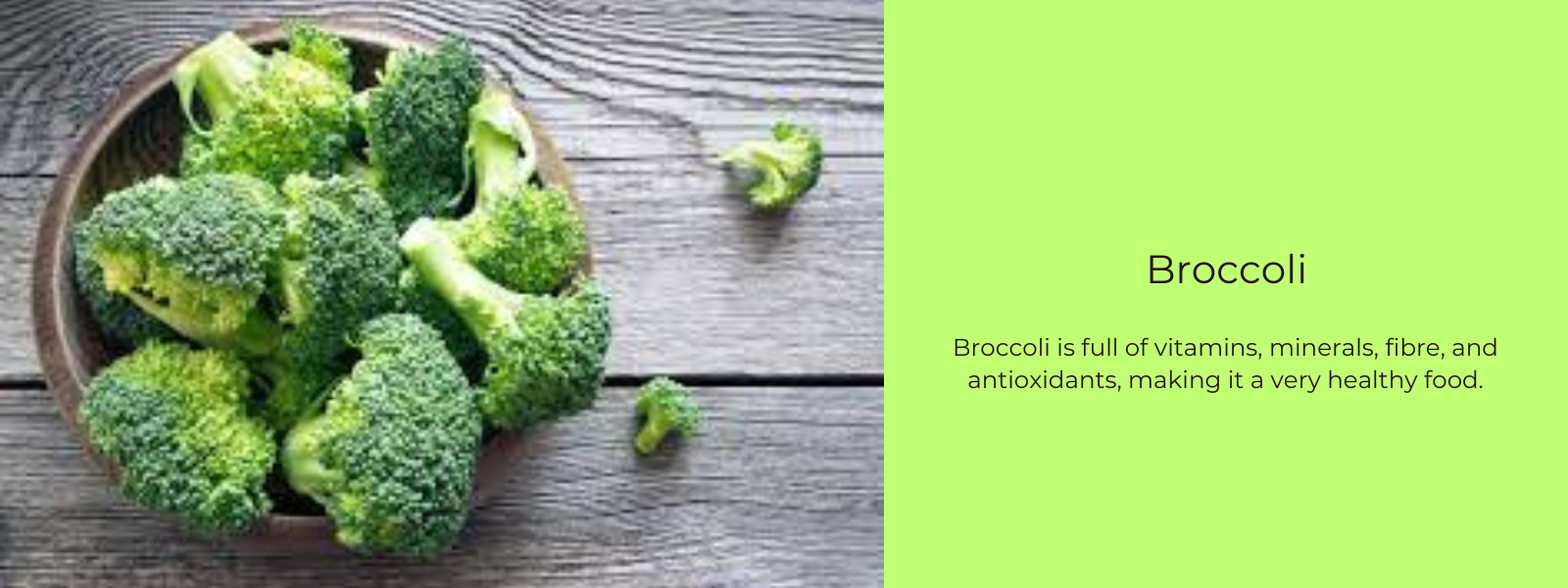
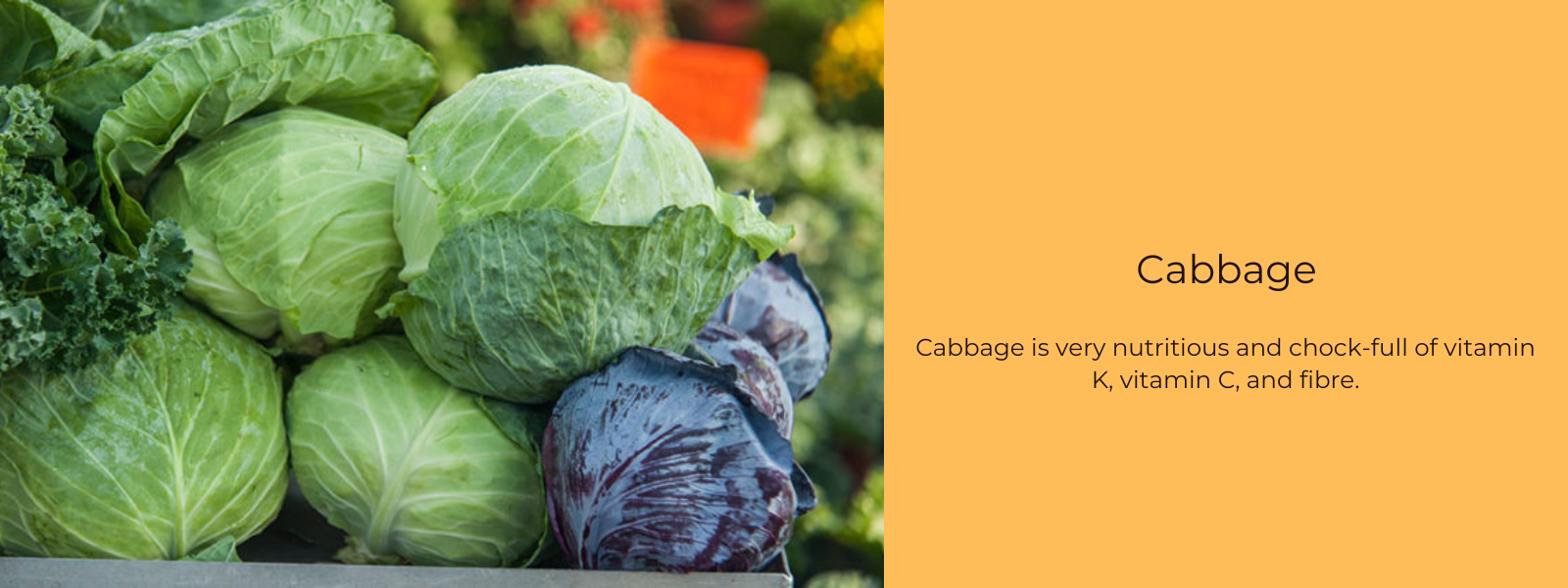
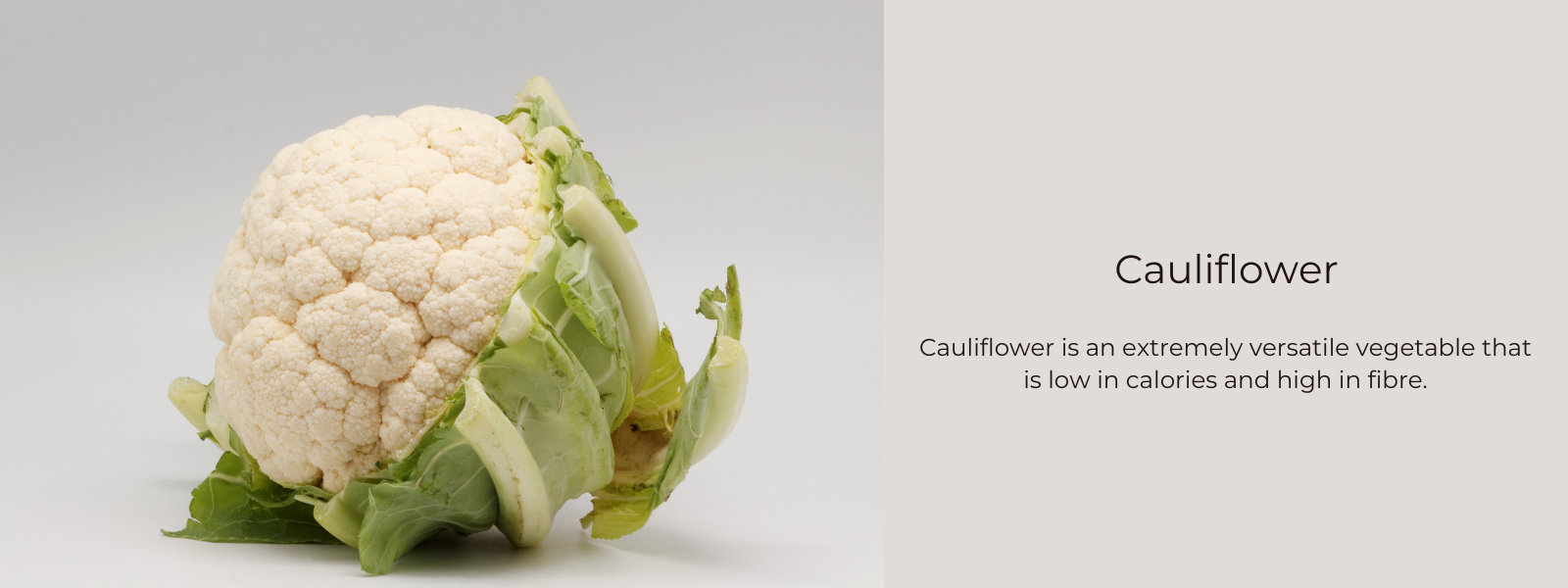
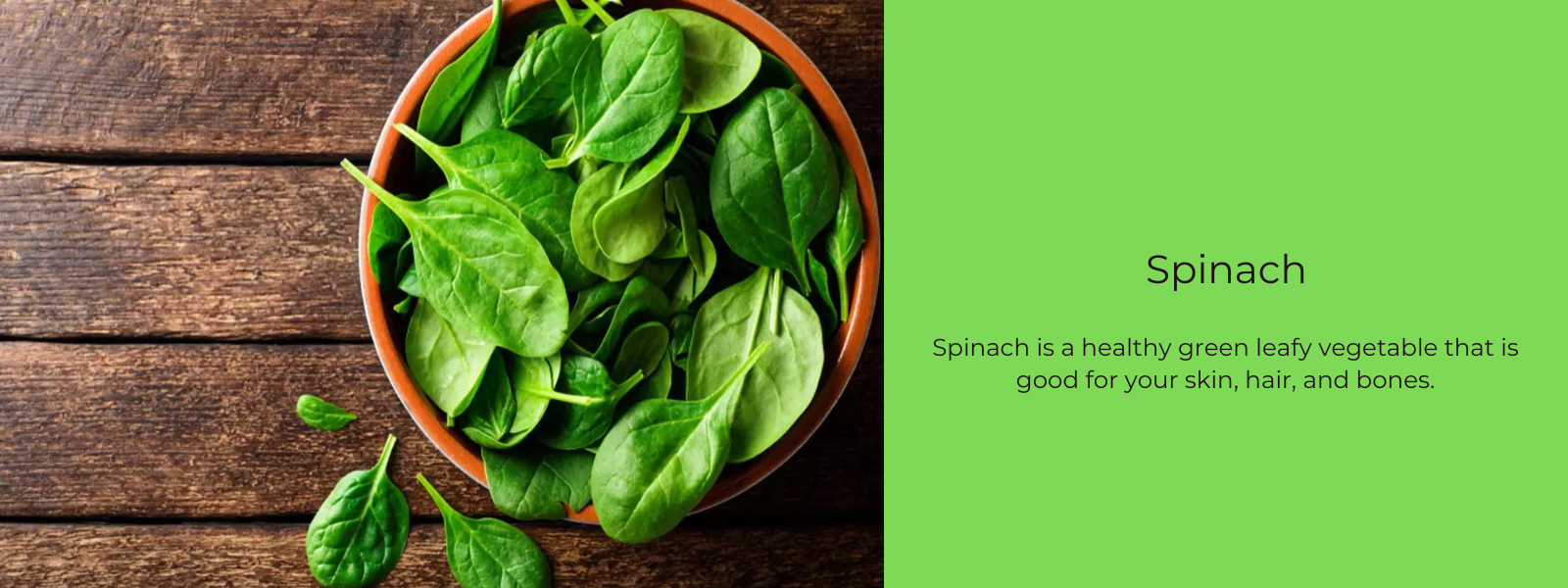
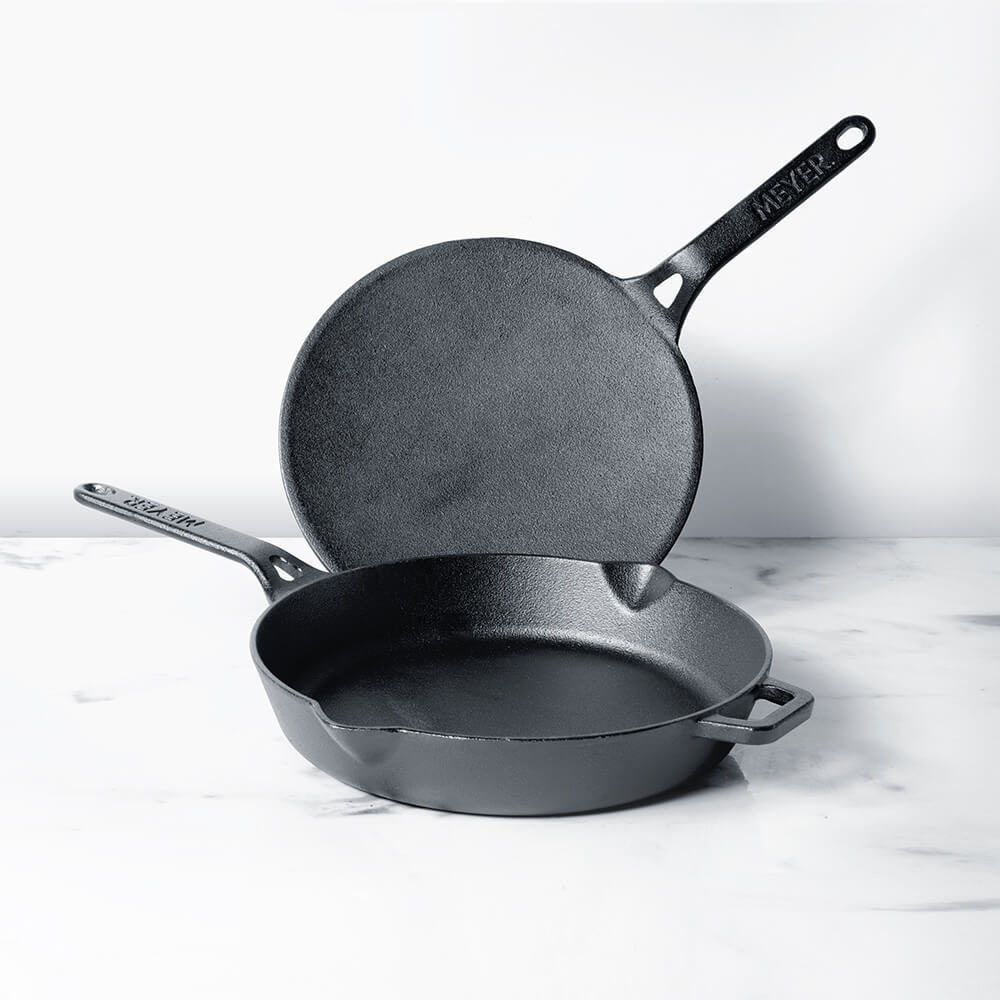
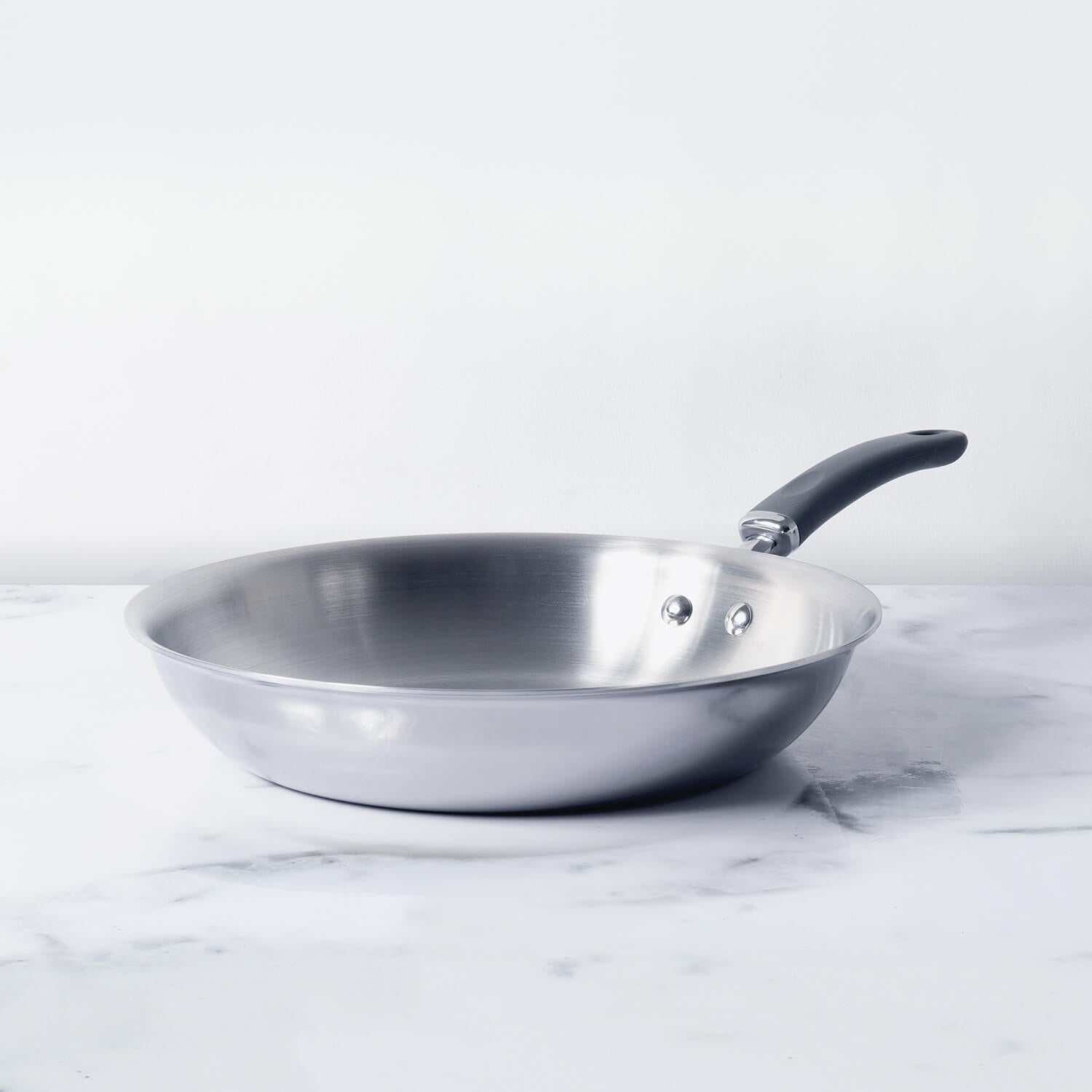




Leave a comment